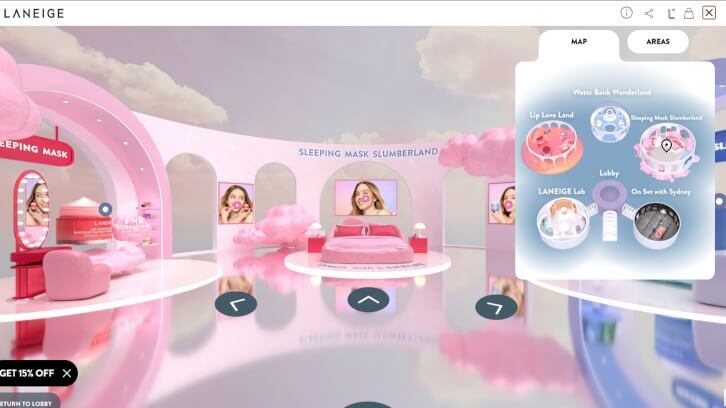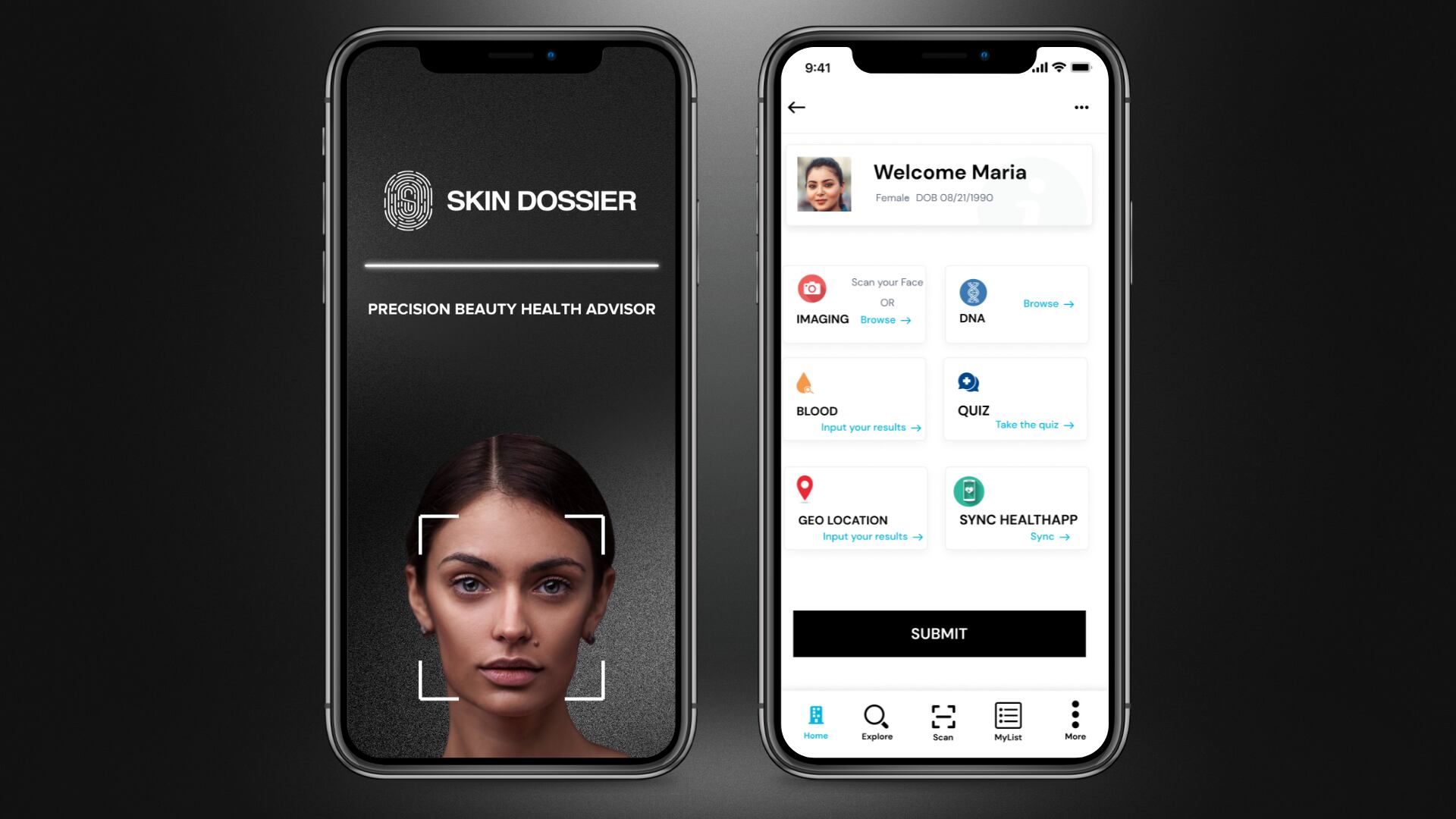Earlier this year, Australia-based beauty product manufacturer Atelier announced the launch of its CPG manufacturing platform which is, as detailed in its company press release, “the first to use digital twins and the same database technology as Facebook and Amazon: semantically enriched graph databases that virtually connect global manufacturers into a single network.”
As further explained in the release, the platform, which is now live in the US, features a process the company has dubbed ‘composable manufacturing’ wherein by “using one platform, brands acquire the capabilities of vetted packaging manufacturers, sustainable material suppliers, formulation chemists, and over 35,000 ingredients to develop bespoke products, without having to source, establish, and manage their own supply chain.”
To learn more about ‘composable manufacturing’ and the challenges that Atelier had to overcome prior to launch, the platform’s potential impact on manufacturers and suppliers to the cosmetics and personal care product industries, and plans for further innovation and development in this space, CosmeticsDesign spoke with Nick Benson, Founder of Atelier for his insights.
CDU: What is the potential impact of this technology launch on US manufacturers and suppliers to the cosmetic and personal care product industries?
Nick Benson (NB): Great question — Atelier is a transformational manufacturing technology. Traditionally manufacturers face ‘cost-to-serve’ barriers that prevent them from being able to afford to serve mid-market and longtail brands.
This means they often miss the opportunity to serve the powerhouse brands of tomorrow because working with early-stage brands represents tremendous risk. These projects are where the treasure lies in the industry, they often hold expand margins as new brands don’t have purchasing power yet and they are largest growth area in the industry.
Atelier lowers the cost-to-serve for these manufacturers, the Atelier platform aggregates demand and presents a group of brands to a manufacturer to develop and manufacturer at-scale. The manufacturer gets access to a mix of scale opportunities and early stage, high growth opportunities yet only partners with Atelier.
As the business world becomes increasingly digital manufacturers have been slow to adopt or build technology. A brand’s day-to-day operational experience is driven by a technology stack of platforms from QuickBooks and Xero for accounting, to Shopify for DTC distribution, to Faire for wholesale distribution, to Stord or Shipbob for 3PL services, to IG, Facebook and TikTok for marketing.
Until now the supply side of the value chain has remained largely offline. Atelier represents the digitized manufacturing experience that brands are crying out for. A single platform unifying the entire supply chain.
We have built a future where Atelier is the entire customer (brand) experience of manufacturing with our manufacturing partners becoming service providers to Atelier. The manufacturers focus on what they are good at — optimizing manufacturing — and, using our tech, Atelier can be the demand funnel and customer experience, organizing demand and feeding it to the supply side.
We’ve helped manufacturing partners in Australia grow 2x, 3x, move into new facilities, fill those facilities with quality projects and thrive. When a manufacturer partners with Atelier and chooses to build the future of manufacturing with us we help them achieve their goals and grow.
We have a lot of business flowing through our platform. The partners that are on the journey with us are benefiting from that demand.
CDU: Were there any challenges to overcome while developing this technology? If so, what were those challenges and what solutions were implemented to resolve them?
NB: There were a lot of challenges. The Atelier platform sits at the intersection of several cutting-edge technologies from digital twins to web-based 3D, to semantically enriched knowledge graphs, to the efficient collection and organization of a global network of manufacturing capabilities into composable blocks of data.
It’s common for a lot of early-stage technologies to be made up of several off-shelf technologies brought together in a novel way to serve a new customer segment. At the outset we believed this would hold true for the Atelier platform.
As we began the development of the platform, we realized the technologies we needed didn’t exist - so we built them.
Take digital twins for example — digital twins (a 1-for-1 digital simulation of a physical object) are often used by high cost, high value projects to simulate expensive objects. JPL and NASA use digital twins to simulate shuttle re-entry for example, F1 teams use digital twins to simulate the aerodynamics of different parts of the vehicles.
In these examples there are budgets of millions of dollars to simulate single objects. We needed to find a way to simulate tens of thousands of low-cost manufacturing components efficiently.
Once we figured out how to do that for individual components, we needed to map associated manufacturing data and build relationships between compatible components.
From there we could simulate the physics of how those components interact — how a threaded cap interacts with a threaded neck to ultimately compose a finished product. Or automating the extraction of the combined physical dimensions from digitally composed components to be able to generate production ready unit carton die-lines without those two physical components ever having met in-real-life.
Doing all this while a brand composes their next cult products in a rich, true-to-life 3D environment. When an Atelier customer composes a product on the platform, and they are looking at a photorealistic render of exactly what their product will look like after it’s been manufactured, they are looking at a product that could be manufactured by the hundreds of thousands tomorrow but may have never been made in that way before.
What Atelier has achieved is the digitization of global manufacturing capabilities. The simulation of related composable components and the way they can interact with each other to facilitate the creation of billions of different products.
CDU: Can you provide some background information about the conceptualization and development of this technology?
NB: I saw how broken manufacturing and product development was for brands and believed there could be a better way. It struck me that the way the manufacturing landscape organized itself (or didn’t organize itself) was the biggest part of the problem.
It was impossible for a brand to know what was possible and then navigate that world to create a product. The average development cycle for brands is 2+ years.
It doesn’t need to take that long but these physical resources aren’t organized and are poorly understood. I looked at cloud computing, an efficient organization of physical resources, I read about the promise of cloud manufacturing which was still very much a promise at that stage.
I saw Uber thrive (another example of the organization of physical resources into a network) and saw the future that we have now built.
The first global cloud manufacturing network that brands can access when they want, as they need it. Making it cheaper, faster, and far more efficient.
CDU: Are there any plans for further expansion now that this technology is available in the US?
Yes, we have 3 key strategic expansion plans.
- Expand through product categories to eventually cover all consumer-packaged goods.
- Expand into new geographies, Europe… we’re looking at you.
- Build the digital tools for manufacturers to run their lives, like what Toast has done for restaurants.
CDU: What is composable manufacturing and how does it benefit brands that use this new platform?
NB: As described above composable manufacturing is a revolution for brands. It allows them to visualize the entire global manufacturing capability and design and compose their next cult product.
We’re close to releasing a white paper on Composable Manufacturing so look out for that one.
The TLDR is composable manufacturing is the organization of manufacturing capabilities into composable blocks that brands and take and design and build their products out of. It’s a big creativity enabler, a sustainability enabler, and a reliability enabler.
As a brand designs their product, they are not just composing a physical object they are composing manufacturing capability — they are creating the ability to manufacture that product, at-scale to deliver value to their community. They are composing the ability for their business to grow.





